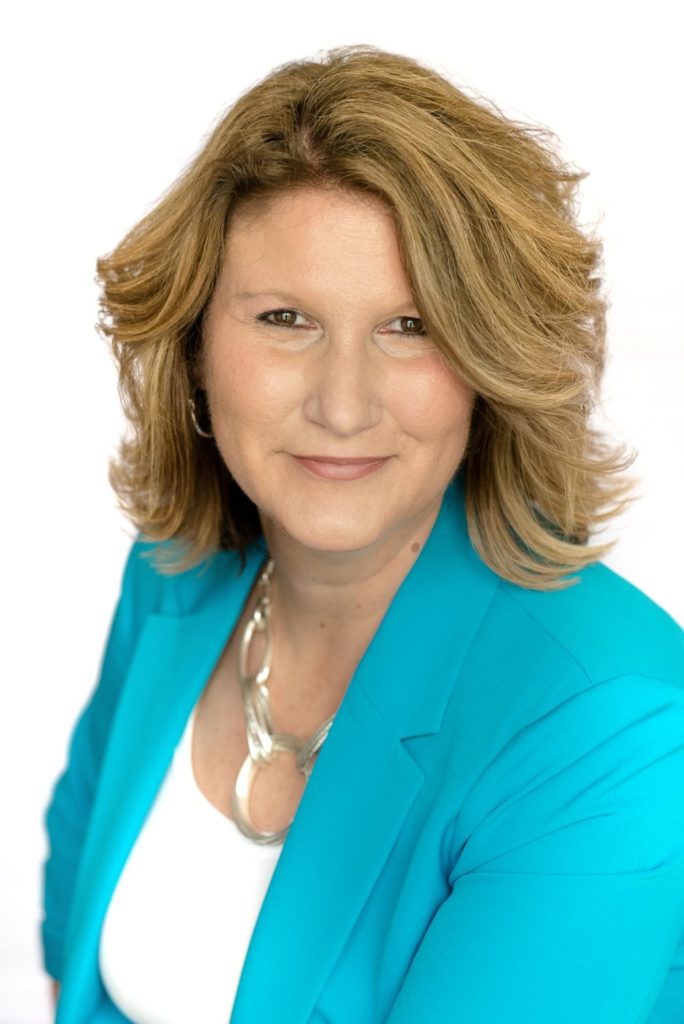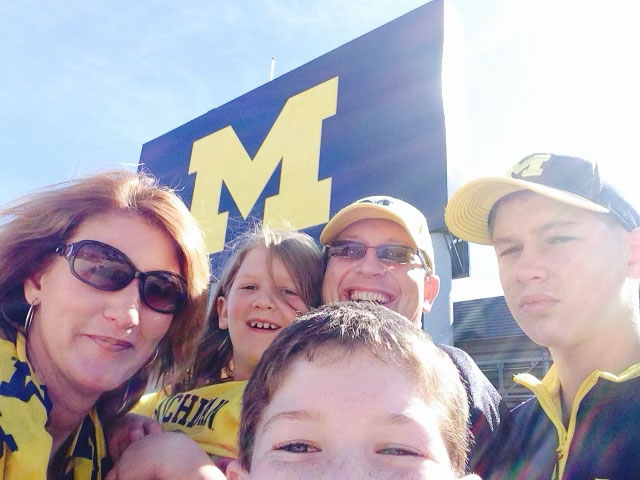
Trudy Kortes on the power of public speaking, space technology, and a long commute
Alum and IAB member leads NASA technology demonstration program

Alum and IAB member leads NASA technology demonstration program

As the program director for NASA’s technology demonstrations within the space technology mission directorate, Trudy Kortes, B.S.A.E. ’91, manages a $500M a year program from NASA’s headquarters in Washington DC. She is the catalyst for countless innovative projects that are helping transform space exploration. We caught up with her to learn more about her role, career journey, and her advice for students.
Technology demonstrations explained
The projects Kortes manages are independent experiments and initiatives, all with the objective of creating advancements in and proving out technology that support scientific research and human exploration missions.
The broad range of technologies in her portfolio are areas in which she quickly states she is not an expert. Kortes comments, “I need to listen well and work from the headquarters level to enable and advocate for people doing the work. That includes budget advocacy, working with partner organizations within the aerospace industry, other federal agencies, academia and within NASA on basics like funding and timelines, as well as project opportunities.” The program she leads works on advanced space power, propulsion, communications, navigation, satellite servicing, and landing technologies – to name a few.
Kortes is animated about some of these projects, and her excitement is infectious.
One is an advanced laser communications project that aims to decrease reliance on radio frequency, increasing reliability, speed, and data transmission, which would be an important communication factor in missions beyond the moon. The technology uses photons with encoded data at near-infrared wavelengths to communicate between a probe in deep space and Earth. Her team launched this optical communication experiment late last year and the payload is in geosynchronous orbit operating and running experiments to communicate with lasers back to ground stations on Earth under various conditions.
Her projects have a long lead time, as do many in space research and exploration. “Our program takes technologies and puts them together at a system level to operate in a space environment. Each one has a variety of unique factors such as the conditions in which they need to operate, the assembly and manufacturing demands, integration issues, and they all need to be significantly proven before every next step.”
Another technology initiative under Kortes’ purview is leveraging nuclear power and propulsion systems to enable more rapid transit, focusing on efficient cryogenic management of liquid hydrogen in extremely cold temperature settings. She – and NASA – are leveraging others to help find the solutions to some of these big challenges. In this project alone, she is partnering with four companies to pursue the best solution. The project is planning for cryogenic experiments on four different launches in the next 2 to 3 years.
Kortes’ team developed the landing technology for the Mars Rover Perseverance, creating algorithms that zeroed in on landing spots within six seconds.
Advice for Students
Kortes began her career at the Johnson Space Center as a thermal vacuum test director after receiving her B.S.E in Aerospace Engineering from U-M. Knowing as a NASA contractor she had a limited scope of potential responsibility, she says, “I never wanted to limit myself. I wanted to keep growing and developing in my career. This foundation gave me the experience to work in the space environment, and I haven’t looked back since.”
She advises students: “Never underestimate the value of the skills you learn. As engineering students you’ll learn the technical well, but it’s the other things you could learn or skills you have that might be some of surprisingly useful in your career.”
Kortes describes her own experience in sales speaking competitions as a part of the forensic program in her high school as pivotal for her. “I got very comfortable with public speaking in high school, but little did I know it would translate to getting my first job at NASA.”
In her first role after graduating from U-M, Kortes found herself in the position to present to high level NASA administrators. Her muscle memory kicked in, and she was able to impress the participants with her presentation and on-her-feet thinking. She laughs and says, “It helps to know how to answer questions when you don’t know stuff.”
Kortes’ ease in public speaking also provided her the opportunity to join the Michigan Aerospace Industry Advisory Board. At a U-M event a few years ago, an IAB member asked anyone in the room to stand up and speak about any work they were doing with the Orion program. Kortes jumped into the conversation, and the department chair invited her to join the board on the spot.
Her message is, “Don’t ignore the soft skills. Being a good teammate, collaborating well, reading a room in a situation, these are skills that go far beyond the engineering training you’ve received at U-M. This is leadership.”
So much so that Kortes speaks often to students, and you can hear a pin drop when she does. Her talk, ‘Leadership in an Engineering Environment’ is something for which she finds students are hungry. “Public speaking is like a muscle. I feel strongly about that – students out of college need to focus on other skills that help them develop depth.”
What’s Next
Kortes is excited about several things on which her program is working. Two upcoming launches – she loves launches – that include payloads from her team. One on the Psyche Mission led by JPL includes an optical communication system with hardware she considers amazing, and the other is a large 6 meter inflatable decelerator flying on the next national mission, the Joint Polar Satellite System 2 – out of Vandenberg Space Force Base in southern California which will enable one day landing crew and large cargo on Mars. She’s also forming a new nationwide alliance within the aerospace community, a consortium to address in-space manufacturing, assembly, and satellite servicing as a way to really change the way space missions operate.
She comments, “It is unusual to have two launches this year because tech demonstrations have so much lead time involved.” Her busy and growing team and workload may see more and more of this timetable, and she continues to work with projects for Artemis, something that we’re all excited to see come to fruition.

Kortes lives in Westlake, Ohio outside of Cleveland and commutes to Washington DC. In her spare moments she prioritizes spending time with her high school and college aged kids, visiting family and friends in northern Michigan, and walking the family goldendoodle. As decades long football season ticket holders, she loves heading to Ann Arbor on football Saturdays in the Fall with her husband, Andrew Kortes, B.A. ’91. She knows her undergraduate education gave her what she needs in life to make the “Michigan Difference” and gives an enthusiastic “Go Blue!”.